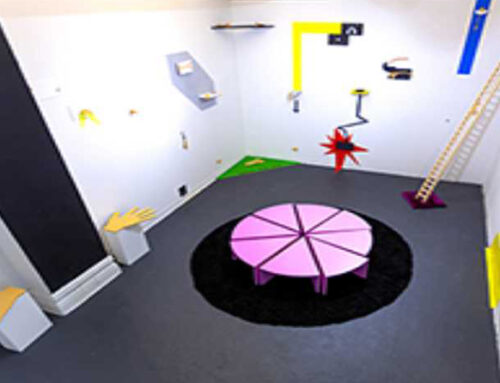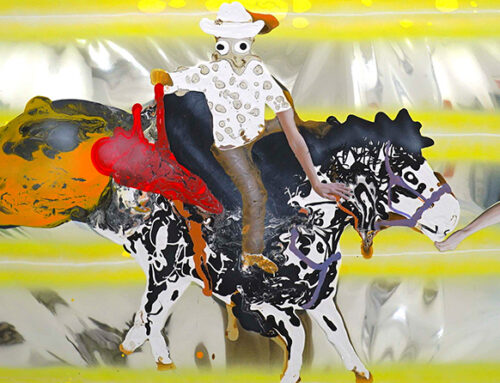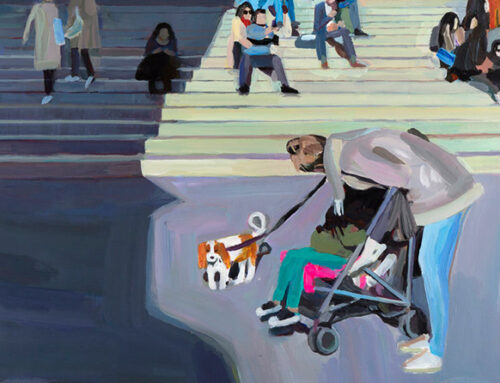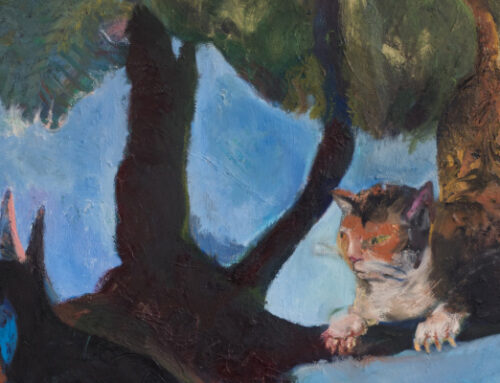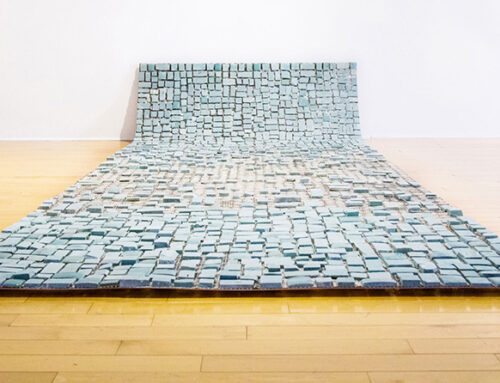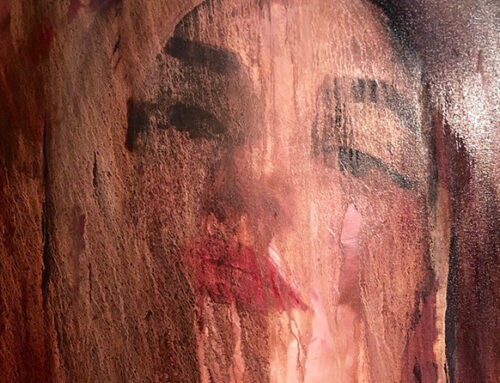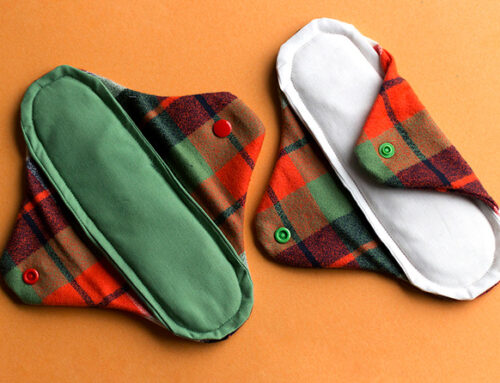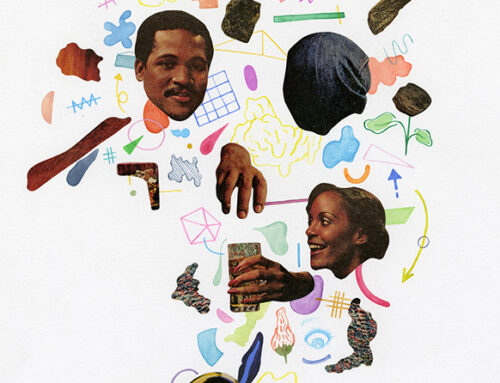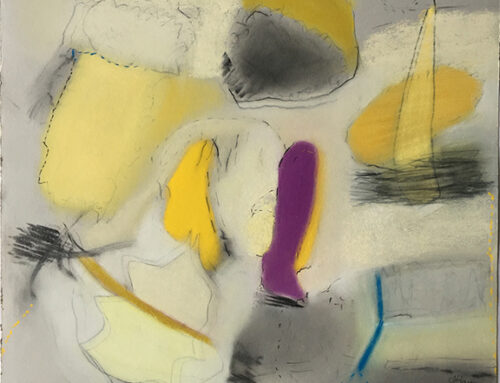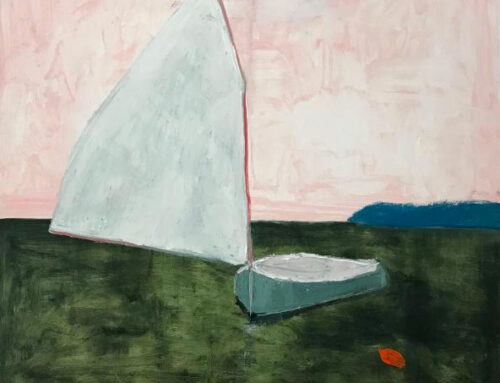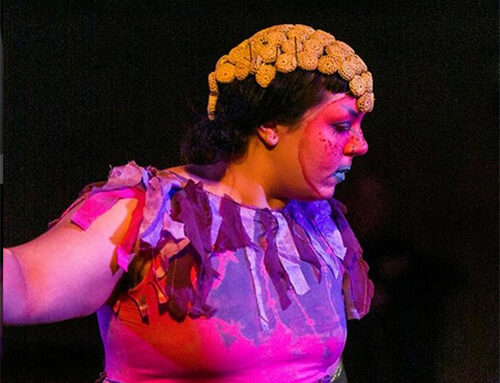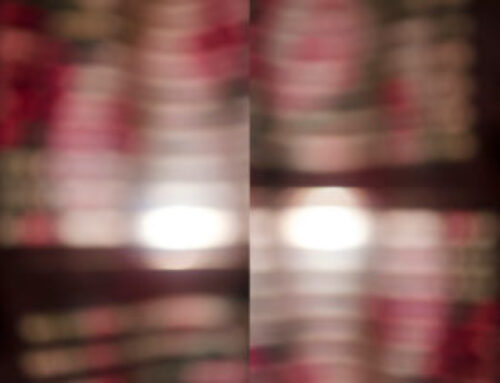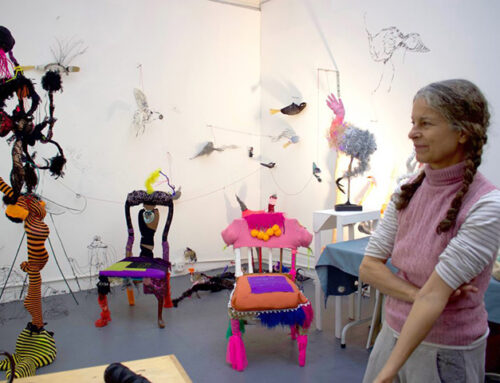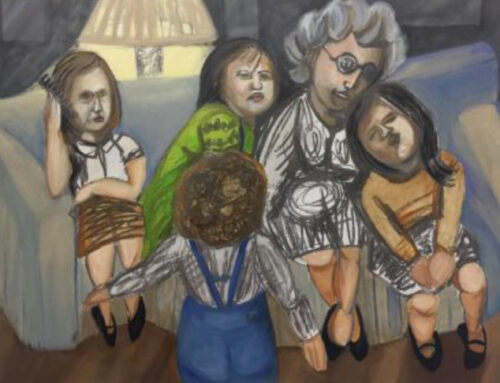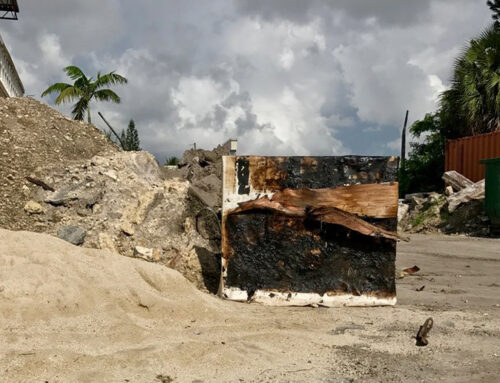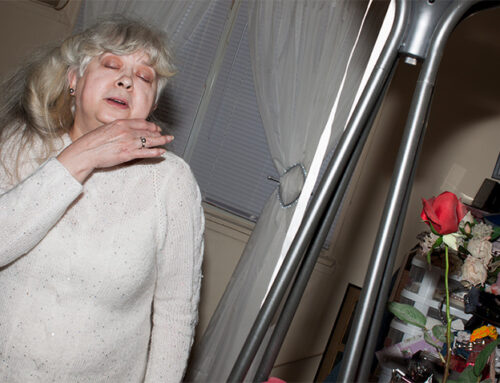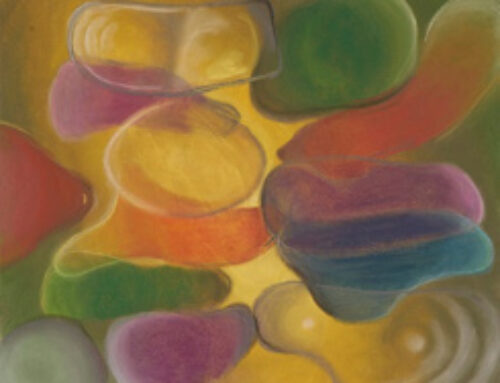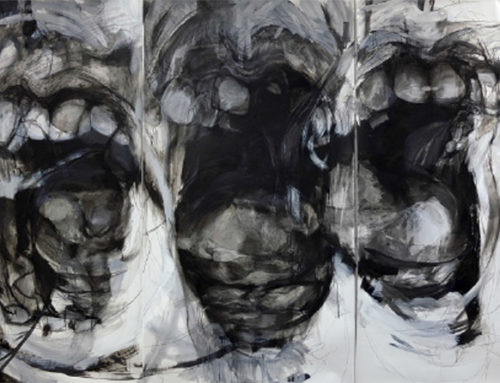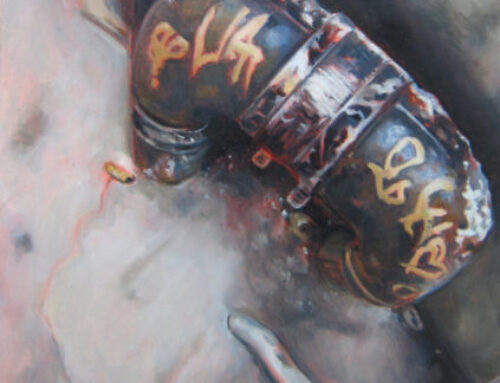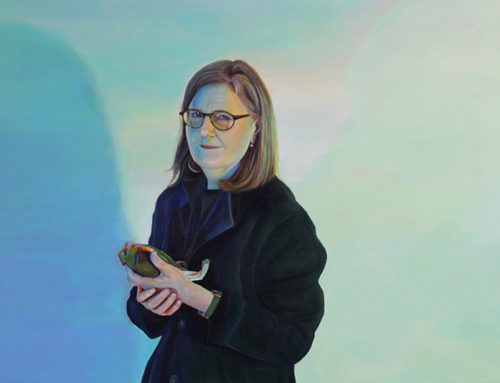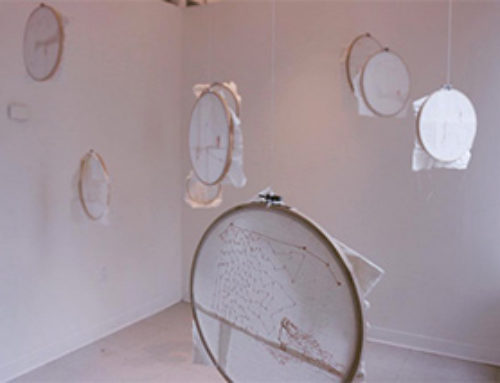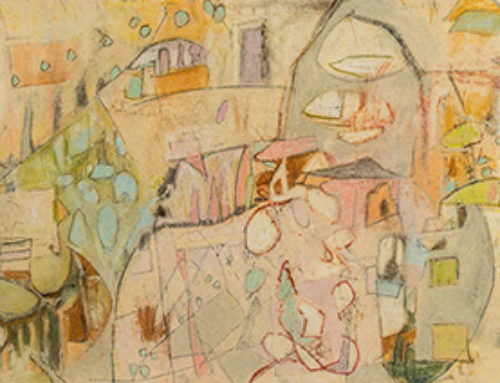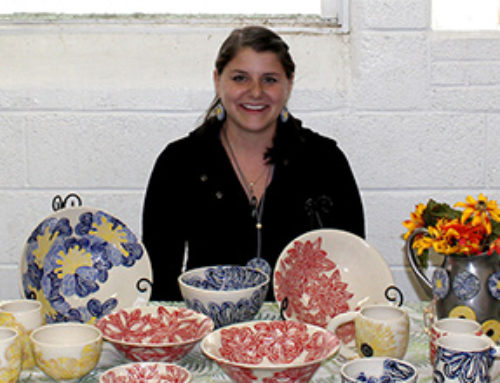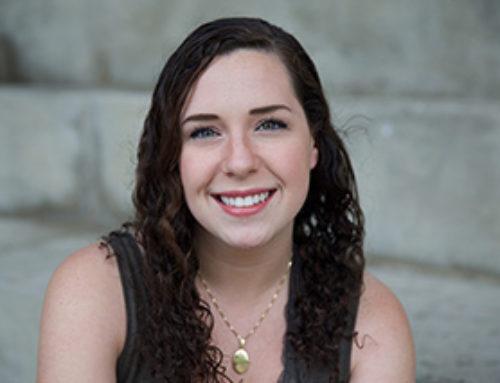
Marita Torbick

Pillars of the Apocalypse 1, 2017, Freight Forward,
Paper, Cardboard Kinesis, Aluminum Desire, Steel Home, Concrete Asperitas, Plastic
MARITA TORBICK | INTERVIEW QUESTIONS
Q. How did your passion for art begin taking shape for you?
A. Although my family didn’t embrace the arts, drawing and painting were in my being throughout my youth. Following high school, I attended art school for a period but life sent me another direction; I wasn’t quite ready. After a long career in counseling, art beckoned powerfully. It began with a whimsical decision—instead of taking a painting course, I took a figurative clay sculpture course. A passionate excitement for sculpture unfolded that prompted my return to school for an MFA.
Q. How would you describe your artwork, in terms of materials or mediums?
A. I love the figure, abstraction and the wandering drawn line. As I began to think about how to represent my concerns about climate change and material sustainability, I settled on the columnar form. My pillars, icons of architecture and memorials, are made of steel, aluminum, paper, concrete and plastic. They represent the most dangerous and most highly demanding materials by industry. They also underpin our economic wellbeing. The columns are hollow, referencing decay and decimation. My materials have included salvaged, paper, cardboard and auto parts; expanded steel, concrete and polypropylene.
Q. How important is a personal style to you as an artist or does your work reflect larger social and cultural issues?
A. My aesthetic and structural integrity informs every decision but my concern are about climate change, consumerism and waste and they drives my work. I believe artists are able to investigate existing systems to provide new perspectives and through art images, enhance understanding, inspire the search for solutions and promote self-reflection. The causes of climate change are complex and multi-layered. As concerned citizens, we must weigh our consumer desires against what is in the best interest of the environment to battle waste and greenhouse gas emissions, but the choices are not always clear. I hope that my work provides a platform for discussion on these very pressing issues and inspires action.
Q. Has being a woman affected your work and others’ perception of it? How do you feel about being part of a woman’s art organization?
A. I believe women perceive and connect to the world distinctively. We are quick to bridge the external and internal works, form personal interpretation…and we connect. I am so pleased to associate, celebrate and support my colleagues, women artists.



